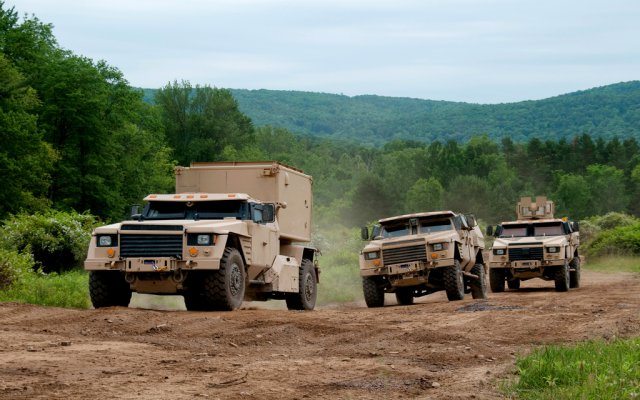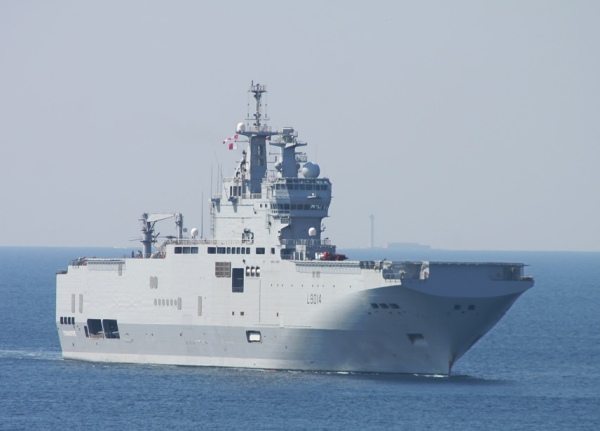A new additive could help military vehicles, including the Marine Corps variant of the Joint Light Tactical Vehicle (JLTV), heal like human skin and avoid costly maintenance as a result of corrosion, officials announced March 18.
Developed by The Johns Hopkins University Applied Physics Laboratory in partnership with the Office of Naval Research (ONR), polyfibroblast allows scratches forming in vehicle paint to scar and heal before the effects of corrosion ever reach the metal beneath.
“Corrosion costs the Department of the Navy billions of dollars each year,” said Marine Capt. Frank Furman, who manages logistics research programs for ONR’s Expeditionary Maneuver Warfare and Combating Terrorism Department. “This technology could cut maintenance costs, and, more importantly, it could increase the time vehicles are out in the field with our Marines.”
Polyfibroblast is a powder that can be added to commercial-off-the-shelf paint primers. It is made up of microscopic polymer spheres filled with an oily liquid. When scratched, resin from the broken capsules forms a waxy, water-repellant coating across the exposed steel that protects against corrosion.
While many self-healing paints are designed solely for cosmetic purposes, polyfibroblast is being engineered specifically for tactical vehicles used in a variety of harsh environments.
“We don’t care if it’s pretty,” said Dr. Jason Benkoski, senior scientist at the university lab and lead researcher on the project. “We only care about preventing corrosion.”
From rainstorms to sunlight, tactical vehicles face constant corrosion threats from the elements. Corrosion costs the Department of the Navy about $7 billion each year. About $500 million of that is the result of corrosion to Marine Corps ground vehicles, according to the most recent Department of Defense reports.
Vehicles transported and stored on ships also are subject to salt spray from the ocean, a leading cause of problems for military hardware. In one laboratory experiment, polyfibroblast showed it could prevent rusting for six weeks inside a chamber filled with salt fog.
“We are still looking into how to make this additive even more effective, but initial results like that are encouraging,” said Scott Rideout, deputy program manager, Light Tactical Vehicles, Program Executive Officer (PEO) Land Systems, which is overseeing continued development on polyfibroblast for potential use on the Marine Corps variant of the Joint Light Tactical Vehicle. “Carry that out of the lab and into the inventory, and that translates to improved readiness and big savings.”
The research and development of polyfibroblast underscores the Marine Corps’ commitment to be “modernized with equipment and logistics that expand expeditionary capability and preserve our ability to operate from the sea” as stated in the Marine Corps Vision and Strategy 2025.
Development of polyfibroblast began in 2008 and continued through the succession of three ONR program managers, eventually culminating in promising field and lab tests and a transition to PEO Land Systems.
“To go from nothing to deployment in five years would be quite extraordinary,” Benkoski said. “This progress has a lot to do with ONR’s close relationship with PEO Land Systems and both organizations’ willingness to let me carry out the research in accordance with our shared vision.”
ONR provides the science and technology necessary to maintain the Navy and Marine Corps’ technological advantage. Through its affiliates, ONR is a leader in science and technology with engagement in 50 states, 70 countries, 1,035 institutions of higher learning and 914 industry partners. ONR employs approximately 1,400 people, comprising uniformed, civilian and contract personnel, with additional employees at the Naval Research Lab in Washington, D.C.











